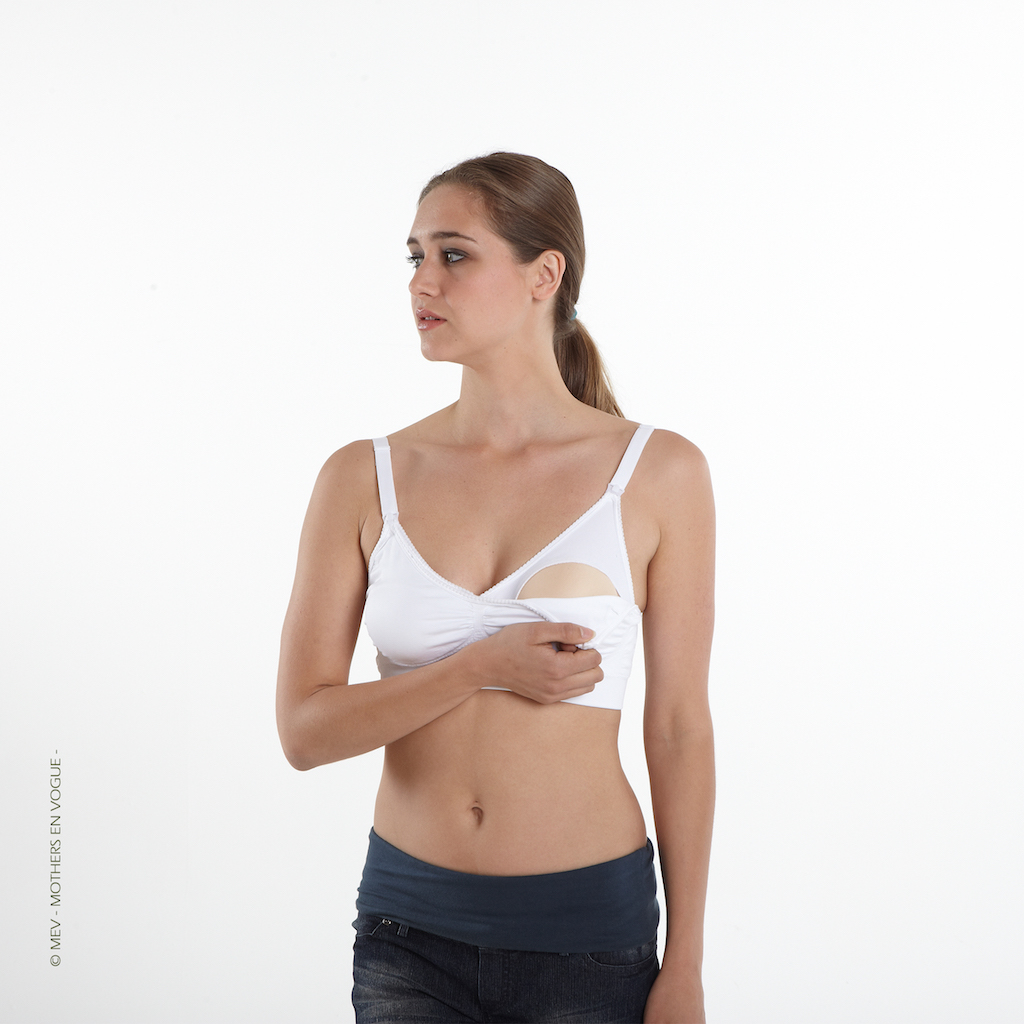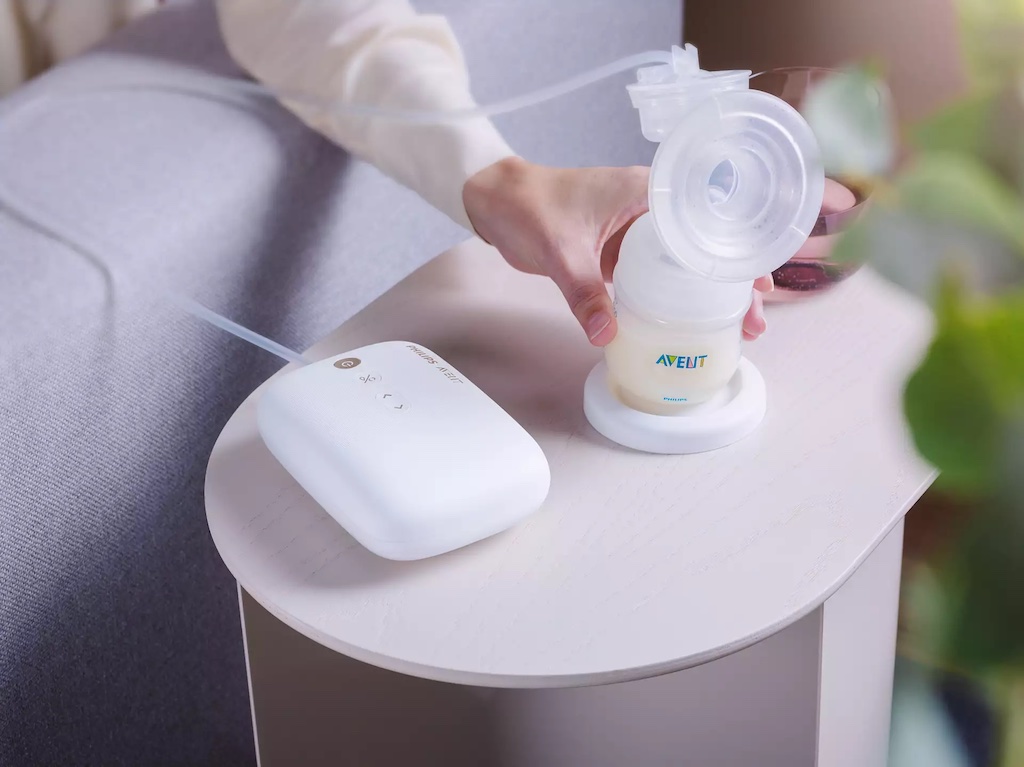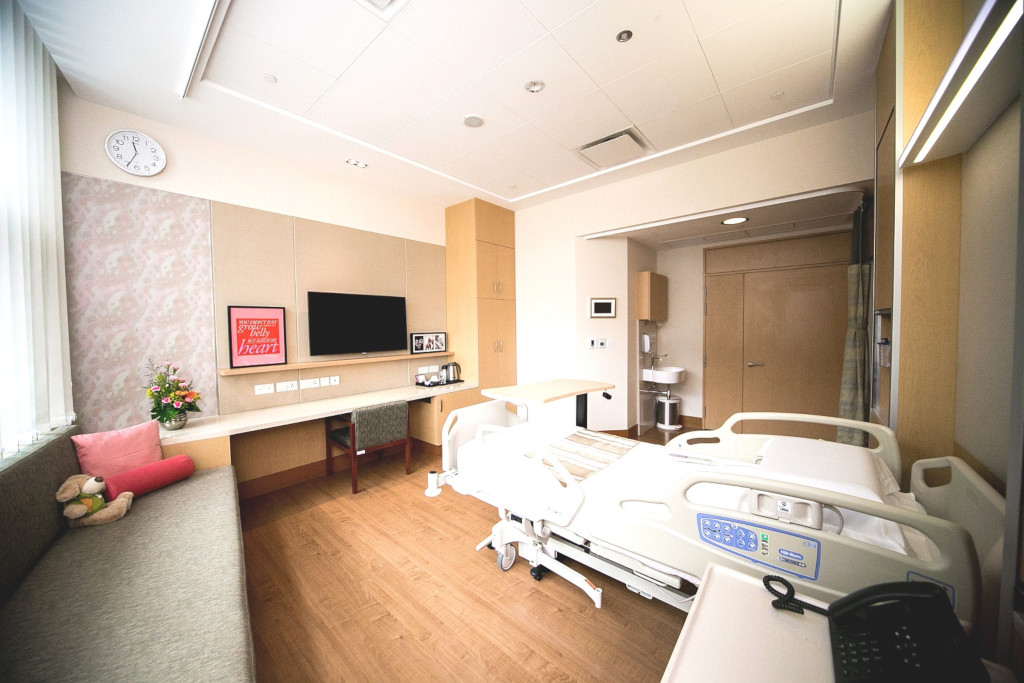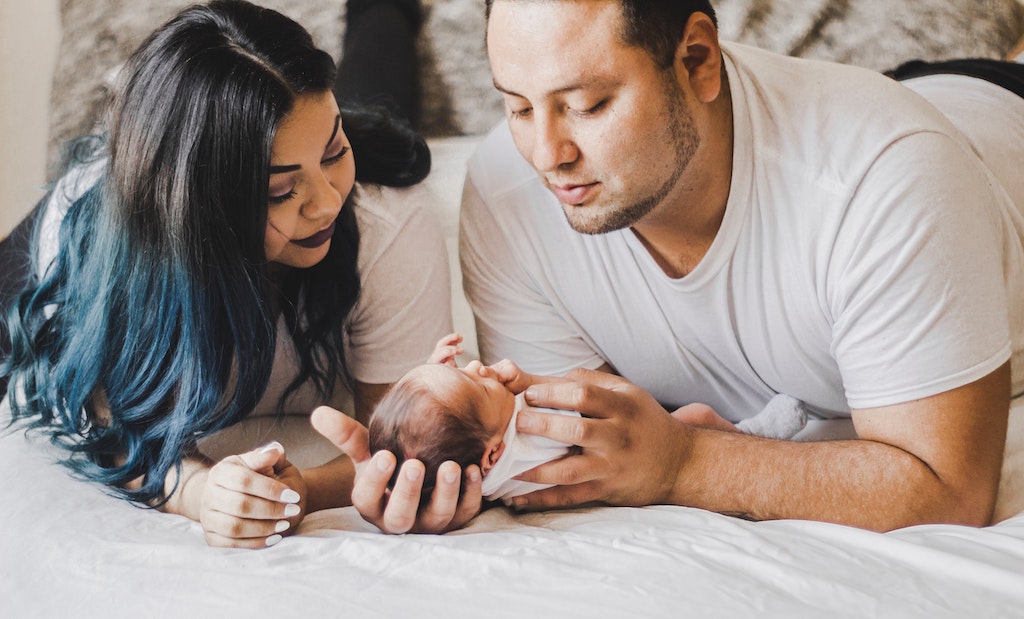SingaporeMotherhood | Baby & Toddler
May 2021
10 Expert-recommended Tips for a Successful Breastfeeding journey after Giving Birth

That breast milk is the best milk for babies is well known. So if you are pregnant, and planning to nurse your newborn, good. Aim to breastfeed exclusively in the fist six month of your child’s life — what the World Health Organisation (WHO) recommends. It may encourage you to know that mothers in Singapore are doing well in this regard. They breastfed for an average of 8.1 months in 2018, an increase from 6.8 months in 2016 (source).
But if you can go on for longer, do so, suggests Dr Wong Both Boi. “If you can breastfeed up to one year and beyond, I would encourage that,” the well-known lactation consultant recommnends. However, she adds that there is no need to force yourself to continue if the experience is wearing you down.
Ultimately, “it is important to do what works for mum and baby,” stresses Dr Wong, who has helped over half a million parents in Singapore on their breastfeeding journeys over the past 30 years.
Here, she shares the essentials on how to get ready for a successful breastfeeding journey, while you are pregnant.
Advantages of breastfeeding

Breastfeeding brings with it many benefits for both mum and baby.
- Lowers the risk of osteoporosis — When you are lactating, your body is more efficient at absorbing calcium. This means that your bones will eventually be denser than what they were before pregnancy, thus lowering your risk of osteoporosis during menopause.
- Enhances the mother-baby bond — This is one of the biggest benefits of breastfeeding. You enjoy moments of intimate bonding that cannot be experienced in any other way. As your baby breastfeeds, the two of you exchange looks, cuddles, and ‘communicate’ with each other. Watching your baby grow on your breast milk will give you a deep sense of fulfillment.
- Is a great way to lose pregnancy weight — milk production can burn up to 500 calories a day.
(See also: Breastfeeding (in a coma) saved my life)
1. Trust your body to ready itself
“The hormonal changes pregnancy brings to breasts are sufficient preparation for most women.
There are myths about how you should “toughen” your nipples as preparation. But these are false. After you have given birth, teach your baby the right way to latch on to your breast right from the beginning. This is the most effective way to prevent soreness.
It is also important to clear your nipple ducts of any soap residue, but do this only after 36 weeks of gestation.

2. Buy nursing bras when the milk arrives
Getting a nursing bra for ease of feeding and extra support is a good idea. There’s no need to rush to buy one though. Wait until your milk has kicked in, so as to get the most accurate breast size.
(See also: How to Choose the Right Nursing Wear for Breastfeeding)
3. Read up about breastfeeding
I recommend that mums do their own research and read up on breastfeeding before the baby arrives. Read evidence-based breastfeeding material, such as medical journals on breastfeeding and human lactation. Locally, you can look for Healthy Start for your Baby by the Ministry of Health, and read the breastfeeding chapter of the ‘Pregnancy and Childbirth’ section. This chapter is written by Dr TC Chang and myself.

4. Prepare your mental and emotional ‘software’
Becoming a mother can be very daunting, especially when it comes to breastfeeding. Family and friends have an important role to play by providing much needed emotional support. Speak to other mums who can share their breastfeeding experience, or visit a lactation expert to help you prepare for the journey.
5. Choose the right breast pump
Before committing to a breast pump, do your research, and consult a lactation expert if you are unsure about which one would be suitable for you. Select a good quality pump that can draw milk more effectively by mimicking a baby’s suckling on a mother’s breast.
(See also: Best Breast Pumps in Singapore for Breastfeeding Mums)

6. Decide whether to use an electric or a handheld (breast)pump
It doesn’t matter whether you use a manual, or an electric breast pump. Handheld pumps are good if space is tight, and you do not want to worry about electronically-operated equipment.
That being said, the current electric breast pumps are very efficient, quiet and useful when you need to express quickly in a relatively hassle-free way. They are perfect if you are returning to the workforce, and plan to continue breastfeeding.
(See also: 5 Ways to Help Breastfeeding Mothers at the Workplace)
7. Ready your personal breastfeeding kit
Set up a comfortable space at home to nurse, and get ready by preparing these items:
- Breast pump: opt for an battery-powered pump if you need to express frequently
- Bottles or airtight containers for collecting milk
- Breast pads
8. Learn how to store breast milk safely
- Use an airtight container
- Label clearly with the date
- Refrigerate immediately if possible, or
- Store in a cool bag with an ice pack if you will be out for more than 4 hours

9. Give birth at a breastfeeding-friendly hospital
The Baby Friendly Hospital Initiative (BFHI) is part of a global effort founded by UNICEF and the World Health Organisation to ensure maternity hospitals meet best practice standards in supporting mothers to breastfeed successfully.
Eight maternity hospitals in Singapore are baby friendly hospitals. Outside of these hospitals, new mothers can also visit a lactation expert for guidance and support during their breastfeeding journey.
(See also: Hospital Maternity Packages in Singapore 2020-2021)
10. Activate dads and partners to help

Breastfeeding is more successful when family members are involved. Research has shown that partners are the biggest influencers of breastfeeding success (source). They can offer support by comforting, feeding and checking up on baby, especially at night.
They can also learn about breastfeeding paraphernalia, and help with cleaning and readying these items for the next pumping, or feeding session.
At the same time, family and friends can also provide emotional support.
(See also: 10 Ways Dads can Help with Breastfeeding)
Already breastfeeding? Dr Wong says that…
If you want another child soon…
After breastfeeding is well-established, some women may have amenorrhoea, or an absence of menstruation. This can affect their menstrual cycle, as well as disrupt ovulation. If you are breastfeeding and are facing difficulty in conceiving again, you may need to stop breastfeeding. Do get official medical advice from your obgyn.
(See also: How to Choose your Obgyn)

If you are feeling tired, stressed out, and want to stop…
The breastfeeding journey is never easy, especially for new mothers. Find ways to keep yourself calm (such as practicing mindfulness or meditation) as stress can affect your milk production.
Ensure that you have a good quality electric breast pump. This can help to draw milk more effectively by acting like a baby suckling directly on a mother’s breast.
Do consult an IBLCE-certified lactation consultant if you require advice or support, as it is important to solve any issues early, at the start of your breastfeeding journey.
Finally, you can also consider joining breastfeeding support groups to chat, and to share your experiences with other mums.”
(See also: Tips for Healthier Postpartum Recovery + Bonus Meal Plan for Breastfeeding Mums)
Featured image: Olha Ruskykh from Pexels
All content from this article, including images, cannot be reproduced without credits or written permission from SingaporeMotherhood.
Follow us on Facebook, Instagram, and Telegram for the latest article and promotion updates.





